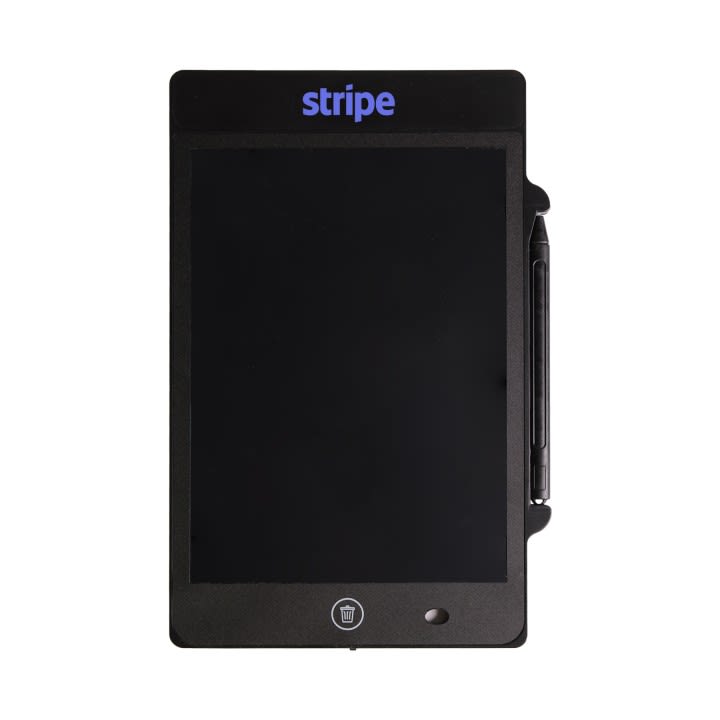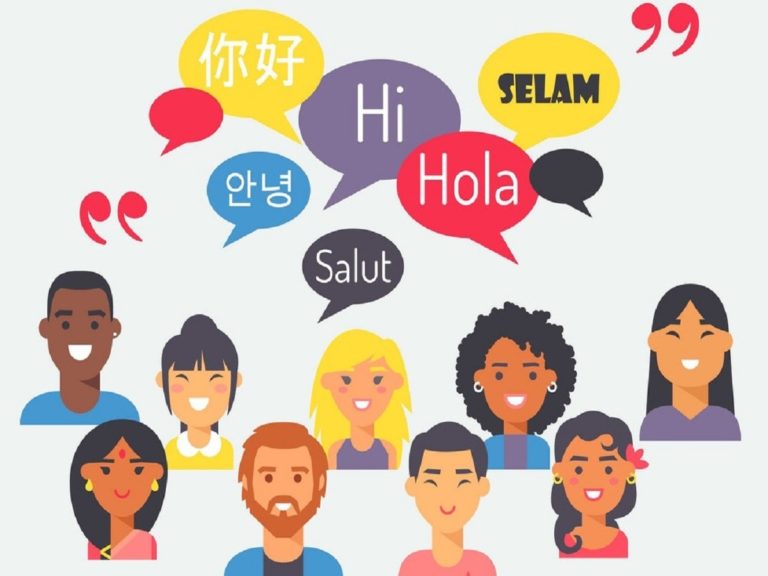

In the following, we firstly present theoretical perspectives and previous research on HL support in mainstream ECEC centres, before describing the methods used in this study, and finally, going on to analyse and discuss our data. By home languages (HLs), we refer to all languages other than Norwegian that are used in the children’s homes (see Connaughton-Crean & Ó Duibhir, 2017). In our study, we explore how ECEC staff encourage and support the children’s HLs across various formal and informal situations. However, relatively little is known about how this requirement is met in practice (see also Alstad, 2013 Giæver, 2018 Lindquist, 2018, 2019), particularly in ECEC centres characterised by superdiversity. While the main language in Norwegian ECEC centres is Norwegian, the Framework Plan ( Ministry of Education, 2017) states that ECEC staff shall support children’s multilingualism by promoting their development in both their HL and Norwegian or Sami, as well as ensuring that ‘linguistic diversity becomes an enrichment for the entire group of children’ (p. However, more formal language teaching activities led by staff also take place, especially for children who require extra language support. Language learning is usually considered in terms of learning through participation in play and everyday activities.
ISCRIBE MULTILINGUAL FREE
ECEC activities are characterised by a combination of free play and play-based learning. The Framework Plan promotes a child-centred approach to teaching and learning as a basis for all-round development. All ECEC centres in Norway, both municipal and private, are required to follow the Framework Plan for the Content and Tasks of Kindergartens ( Ministry of Education and Research, 2017). Some of the staff hold a bachelor’s degree in early childhood education (ECEC teachers), while staff with no relevant or only lower level education are referred to as teacher assistants. There are usually between 9 and 24 children in each group and 3–4 members of staff. In Norway, ECEC centres typically group children by age, so that toddlers (0–3-year-olds) are separated from older children (3–6-year-olds) however, some centres include mixed age groups. Many ECEC centres in urban areas are characterised by superdiversity ( Budach & de Saint-Georges, 2017), with a large number of languages represented in each classroom/group. Although ECEC attendance is voluntary, the majority (92%) of children in Norway attend ECEC. In Norway, mainstream ECEC centres provide preschool education for children aged 0–6 years. In this study, we discuss how home languages (HLs) are supported in monolingual mainstream early childhood education and care (ECEC) centres in the Oslo region. The HL support strategies are discussed in light of the interplay between teachers’ language ideologies, planned actions and spontaneous responses in situations where children’s HLs are involved inspired by the theories in García, Johnson and Seltzer’s study (2017).

The strategies available depend on contextual factors, such as the number of children present and the languages spoken by both children and staff. After analysing 26 narratives from practice, we found that the most common strategies employed were initiating activities that encourage HL use, facilitating metalinguistic conversations and consulting/involving language experts. In this paper, we present a study of how home language (HL) support takes place within the context of Norwegian ECEC, focusing on the strategies used by the staff to promote HL use. 24) states that ECEC staff shall ‘help ensure that linguistic diversity becomes an enrichment for the entire group of children and encourage multilingual children to use their mother tongue while also actively promoting and developing the children’s Norwegian/Sami language skills’. The Framework Plan for Content and Tasks of Kindergartens (Ministry of Education, 2017, p. In Norway, 92% of all children between 1 and 5 attend early childhood education and care (ECEC), and 18% of these children are minority language speakers.


 0 kommentar(er)
0 kommentar(er)
